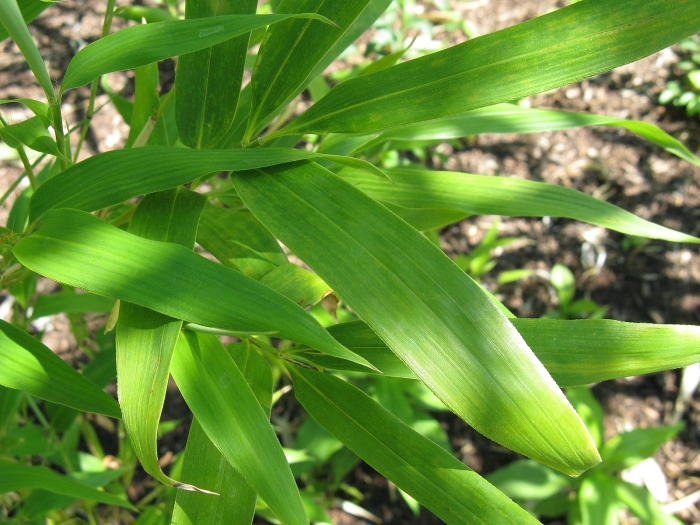Chinese Temple Bamboo
(Sinobambusa tootsik)
Chinese Temple Bamboo (Sinobambusa tootsik)
/
/

KENPEI
CC BY-SA 3.0
Image By:
KENPEI
Recorded By:
Copyright:
CC BY-SA 3.0
Copyright Notice:
Photo by: KENPEI | License Type: CC BY-SA 3.0 | License URL: https://creativecommons.org/licenses/by/3.0/us/deed.en | Uploader: KENPEI | Publisher: Wikimedia Commons |






Estimated Native Range
Summary
Sinobambusa tootsik, commonly known as Chinese Temple Bamboo, is an evergreen perennial grass native to the understory of forested areas and mountain slopes in Eastern China and Taiwan. It exhibits a clumping growth habit and can reach heights of 5-30 feet (1.5-9.1 meters) with a width of about 3 feet (0.9 meters). Chinese Temple Bamboo features slender, elegant culms and delicate, feathery leaves that contribute to its ornamental value. The plant does not typically produce notable flowers or fruit, but its foliage and form are the main attractions.
Chinese Temple Bamboo is valued for its aesthetic appeal and is often used in gardens for creating privacy screens, as a focal point, or in containers. It is relatively easy to maintain, requiring only occasional thinning to manage its spread. This bamboo prefers consistently moist, well-drained soils and can tolerate a range of light conditions, from full sun to part shade. While it is less invasive than some other bamboos, it can spread if not contained, so root barriers are recommended in smaller gardens. Gardeners should be aware of its potential to escape cultivation in favorable climates, where it can become invasive.CC BY-SA 4.0
Chinese Temple Bamboo is valued for its aesthetic appeal and is often used in gardens for creating privacy screens, as a focal point, or in containers. It is relatively easy to maintain, requiring only occasional thinning to manage its spread. This bamboo prefers consistently moist, well-drained soils and can tolerate a range of light conditions, from full sun to part shade. While it is less invasive than some other bamboos, it can spread if not contained, so root barriers are recommended in smaller gardens. Gardeners should be aware of its potential to escape cultivation in favorable climates, where it can become invasive.CC BY-SA 4.0
Plant Description
- Plant Type: Grass
- Height: 10-30 feet
- Width: 1-3 feet
- Growth Rate: Moderate
- Flower Color: N/A
- Flowering Season: Non-Flowering
- Leaf Retention: Evergreen
Growth Requirements
- Sun: Full Sun, Part Shade
- Water: Medium
- Drainage: Medium
Common Uses
Erosion Control, Low Maintenance, Potted Plant
Natural Habitat
native to the understory of forested areas and mountain slopes in Eastern China and Taiwan
Other Names
Common Names: Tou-Chiku
Scientific Names: , Sinobambusa tootsik, Semiarundinaria okuboi, Arundinaria tootsik, Sinobambusa laeta, Sinobambusa tootsik f. albostriata, Arundinaria dolichantha, Sinobambusa tootsik var. laeta, Bambos tootsik, Bambusa tootsik
GBIF Accepted Name: Sinobambusa tootsik (Makino) Makino ex Nakai